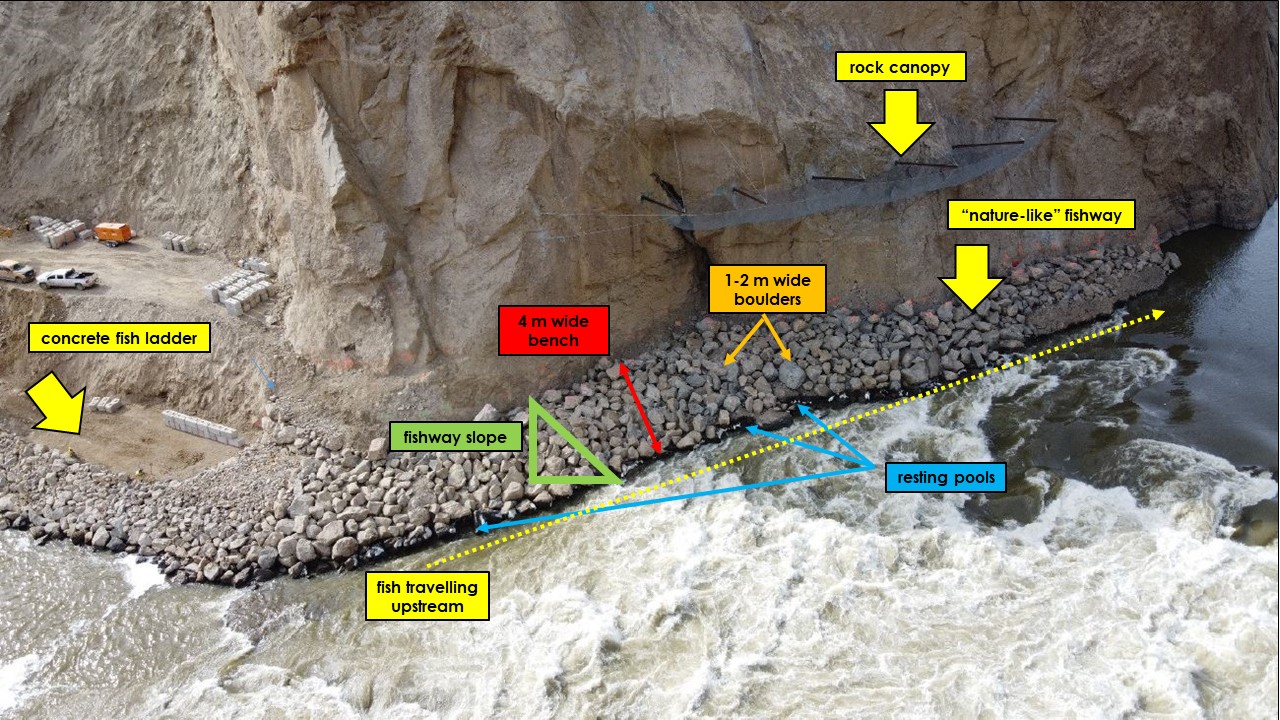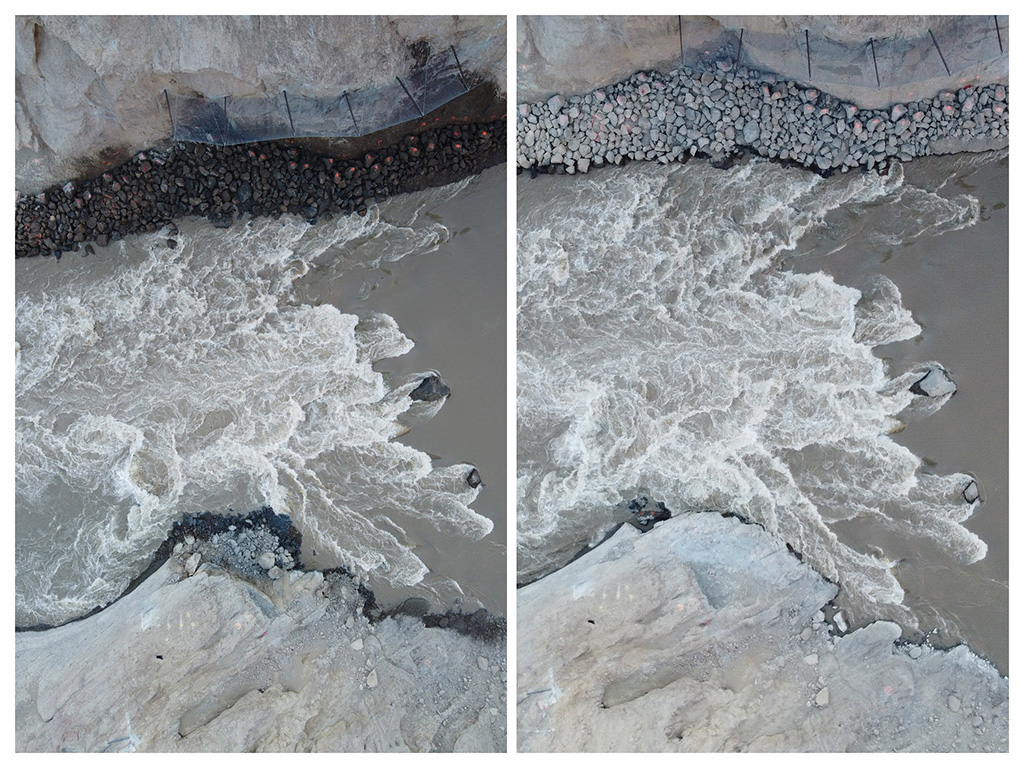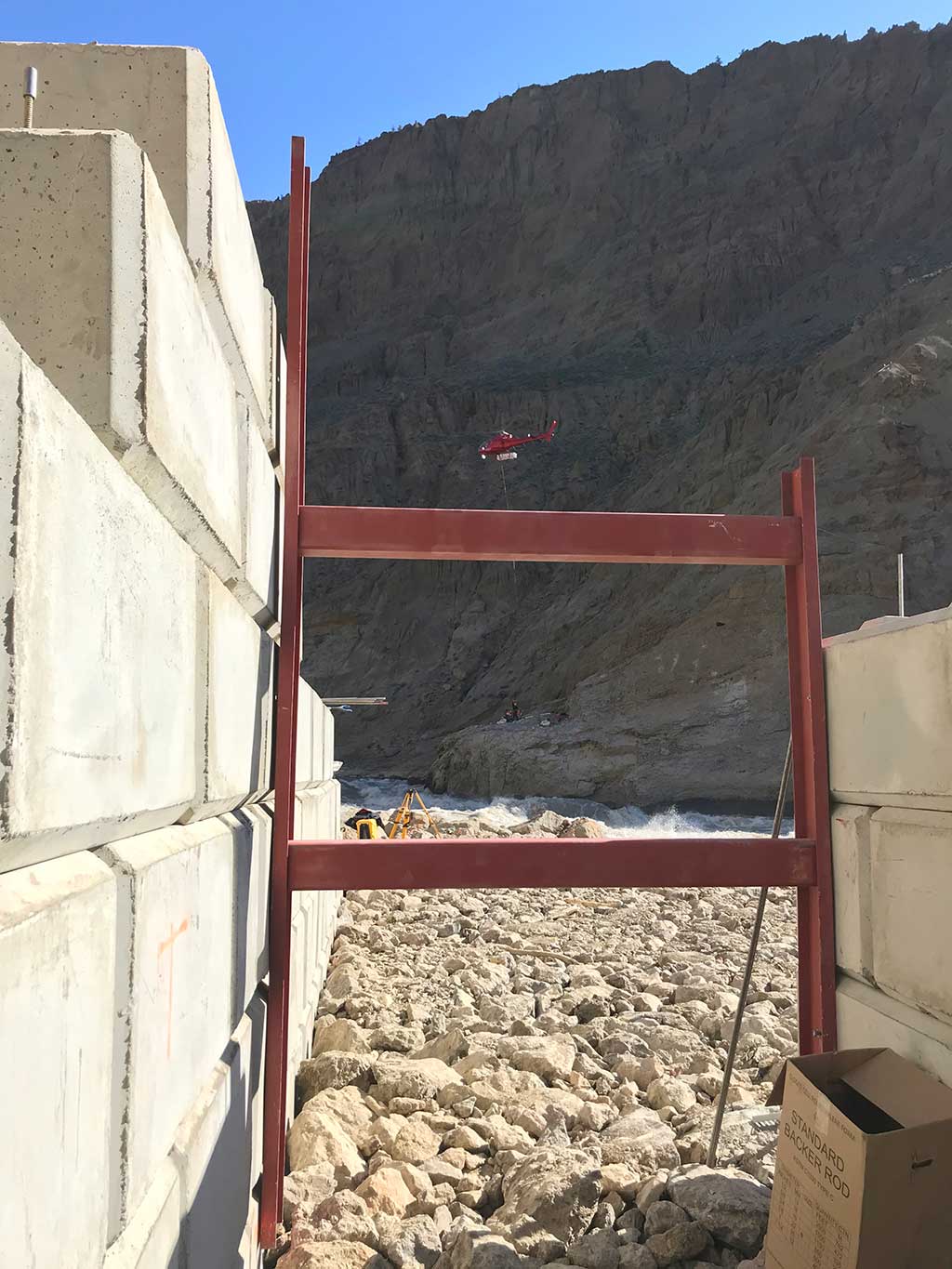SerengetiGuide
Well-Known Member
HOLY smokes...that is HUGE chunk of east toe...I thought the were done...that is awesome as east toe really narrowed it...nice work those on site.
This is not based on science or anything, but look at that area now after blast...common sense would say Chinook will be passing that fairly damn well! If someone has opinions on that love to hear it as like I said not a data based opinion just what I've seen MANY chinook pass by live.... excavating the rocks and debris at top of falls i bet would be huge if they have time
This is not based on science or anything, but look at that area now after blast...common sense would say Chinook will be passing that fairly damn well! If someone has opinions on that love to hear it as like I said not a data based opinion just what I've seen MANY chinook pass by live.... excavating the rocks and debris at top of falls i bet would be huge if they have time







